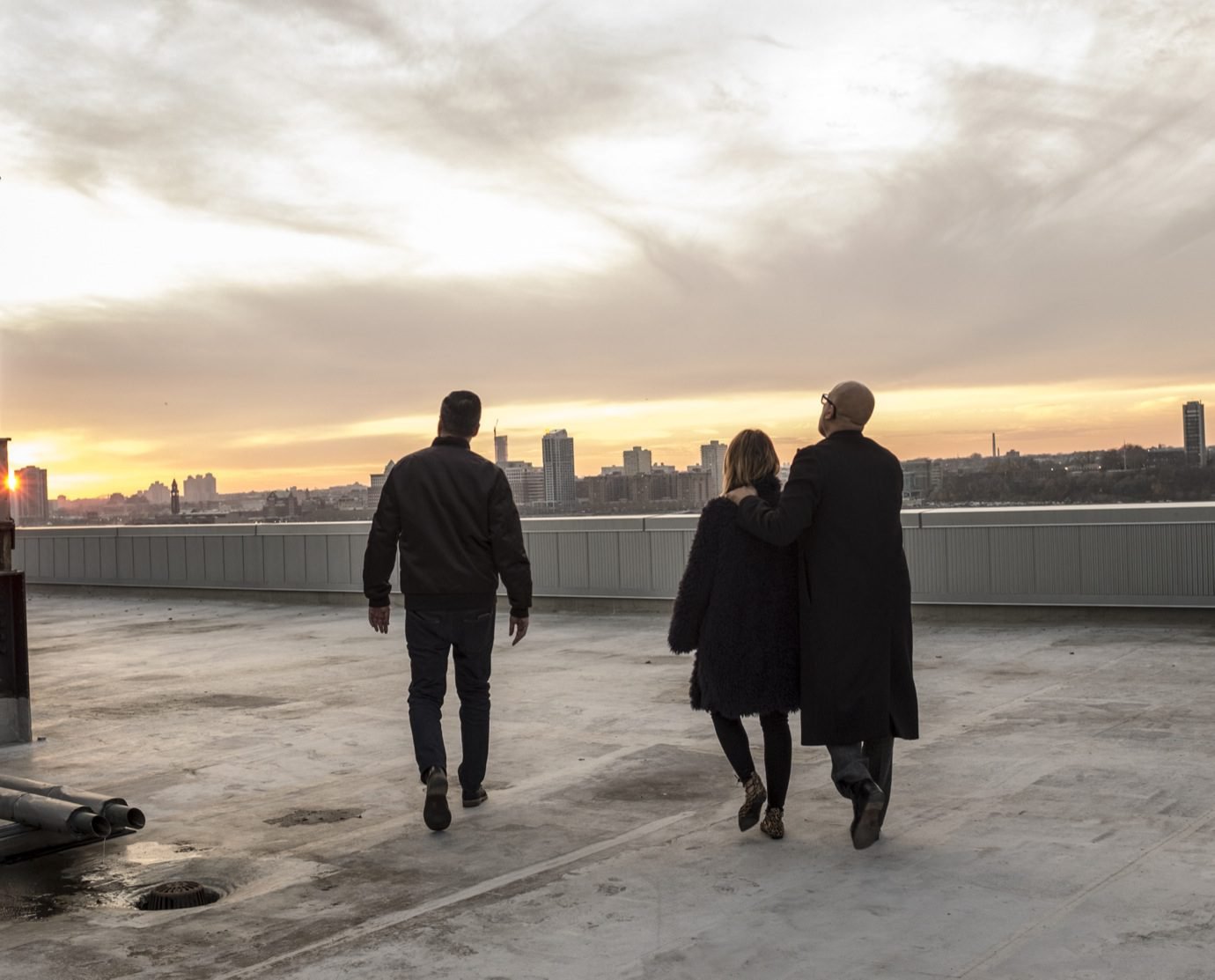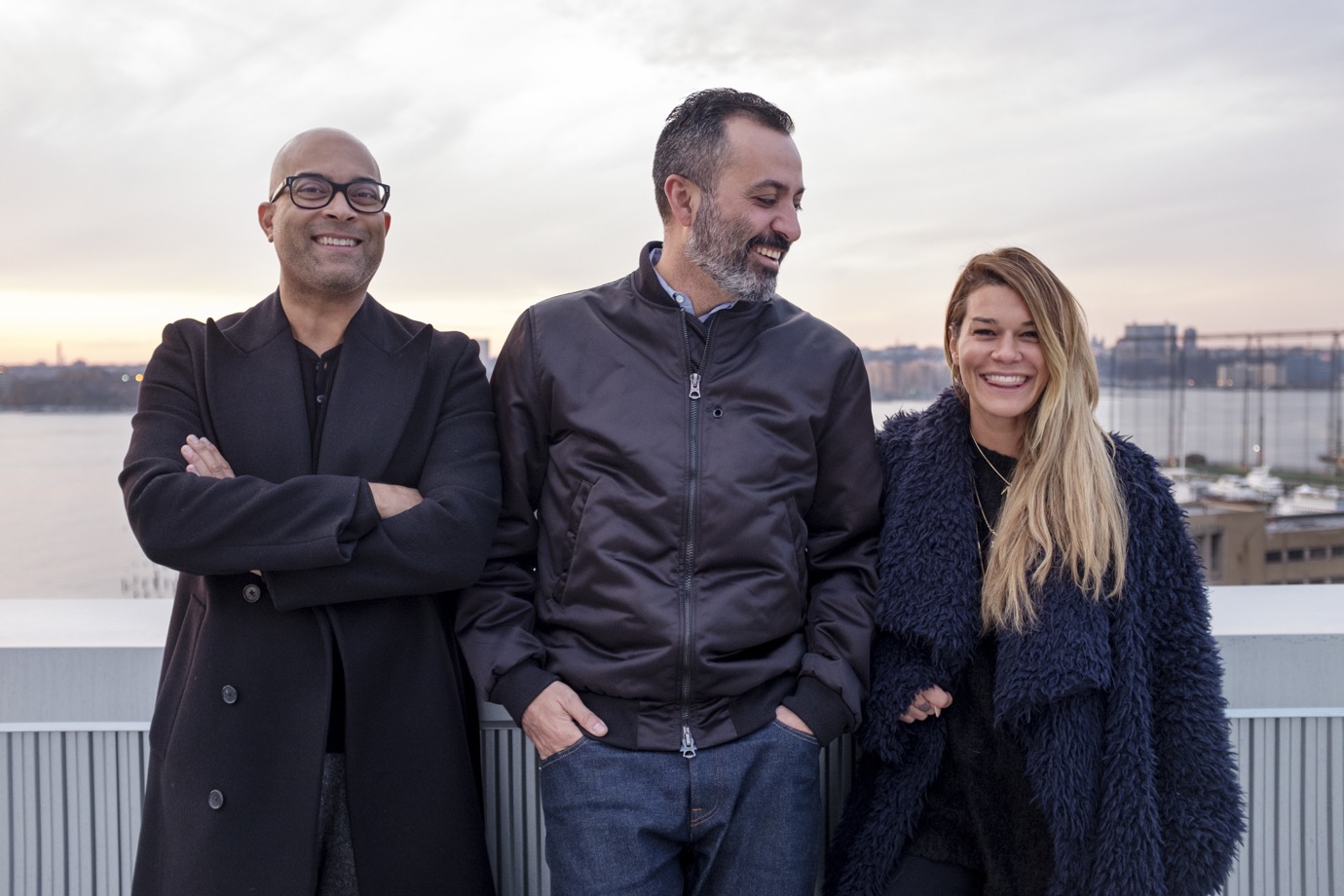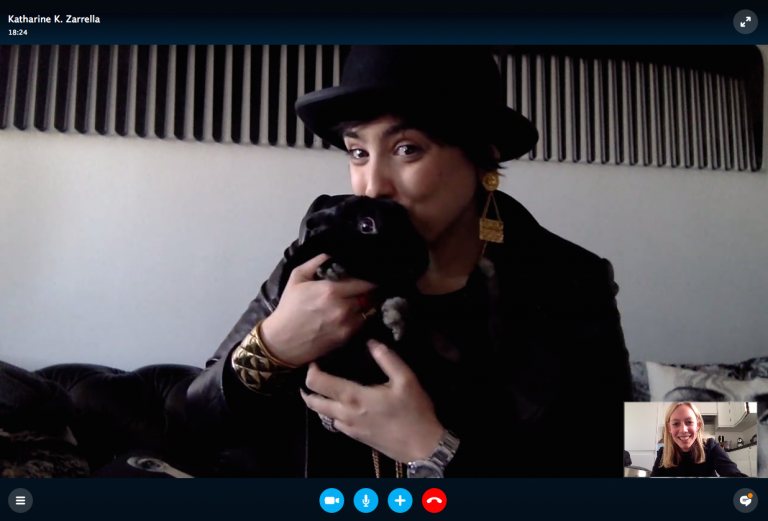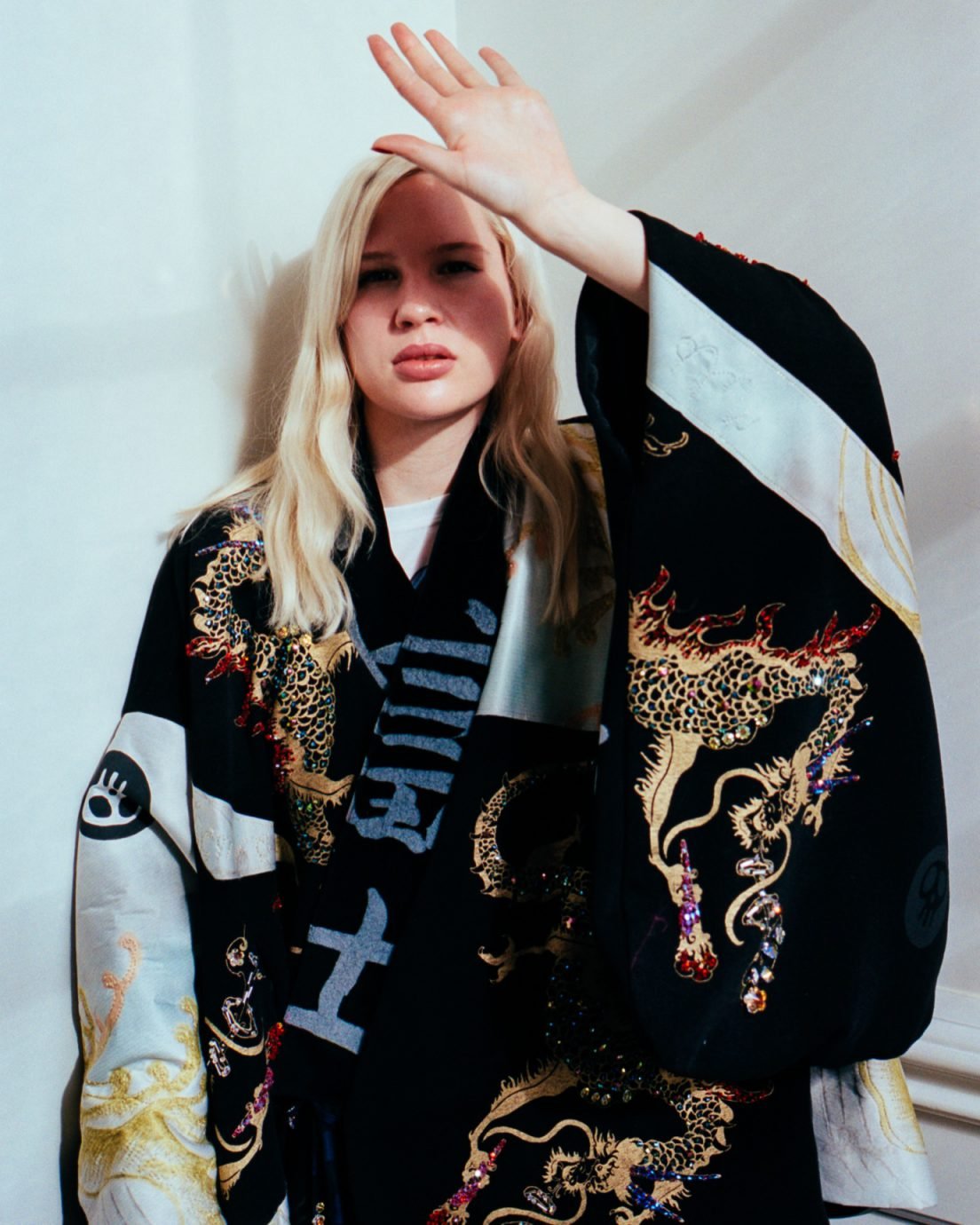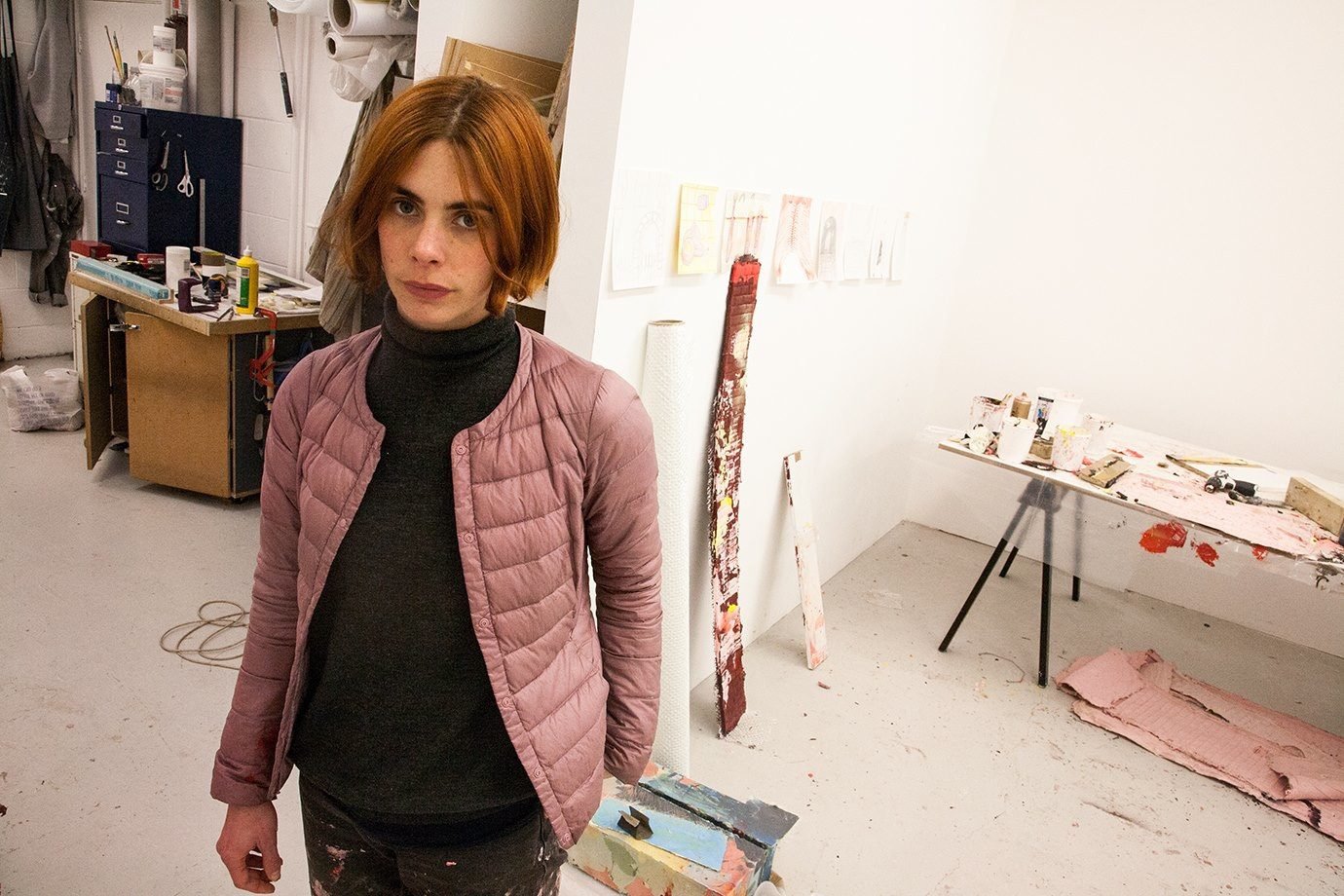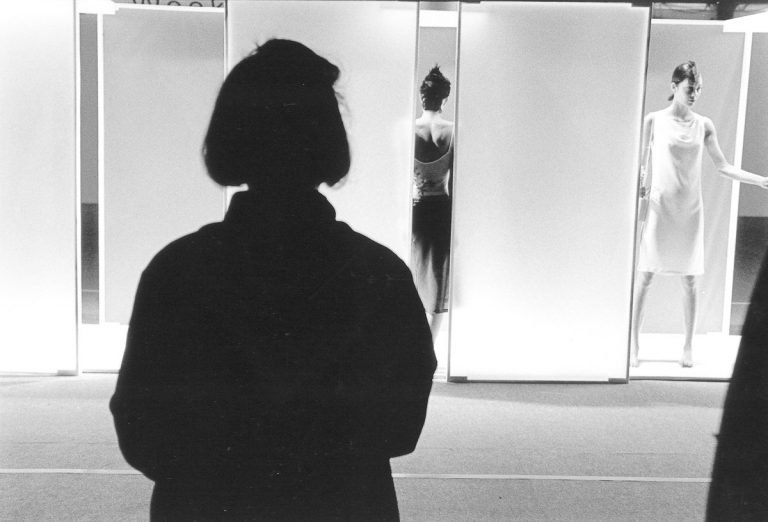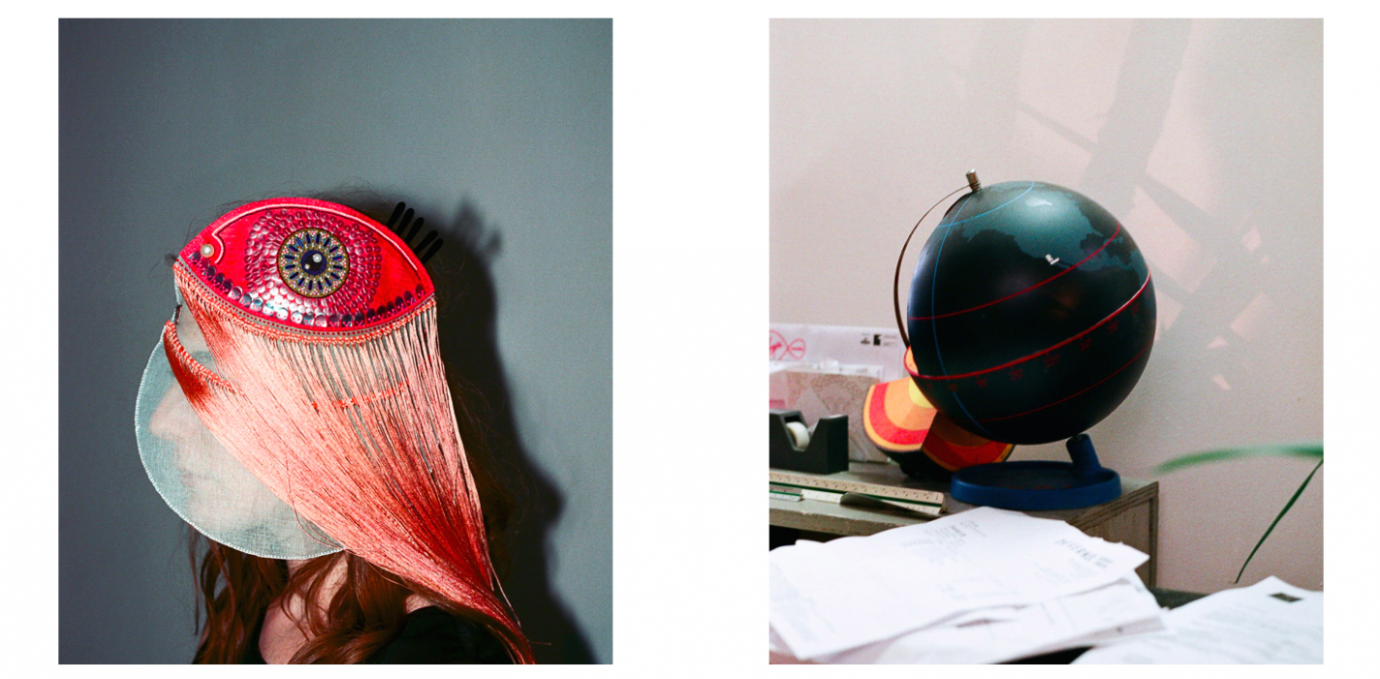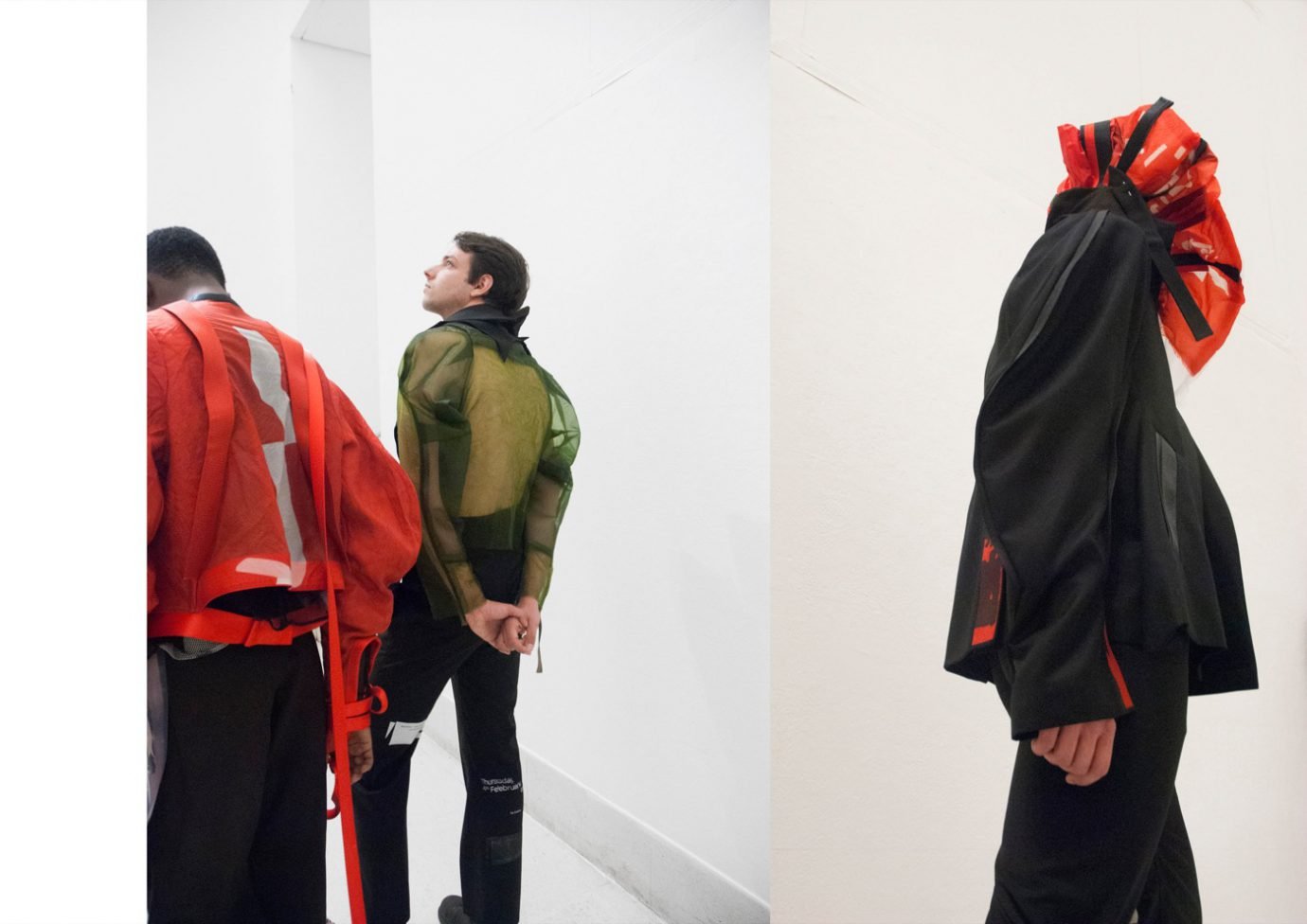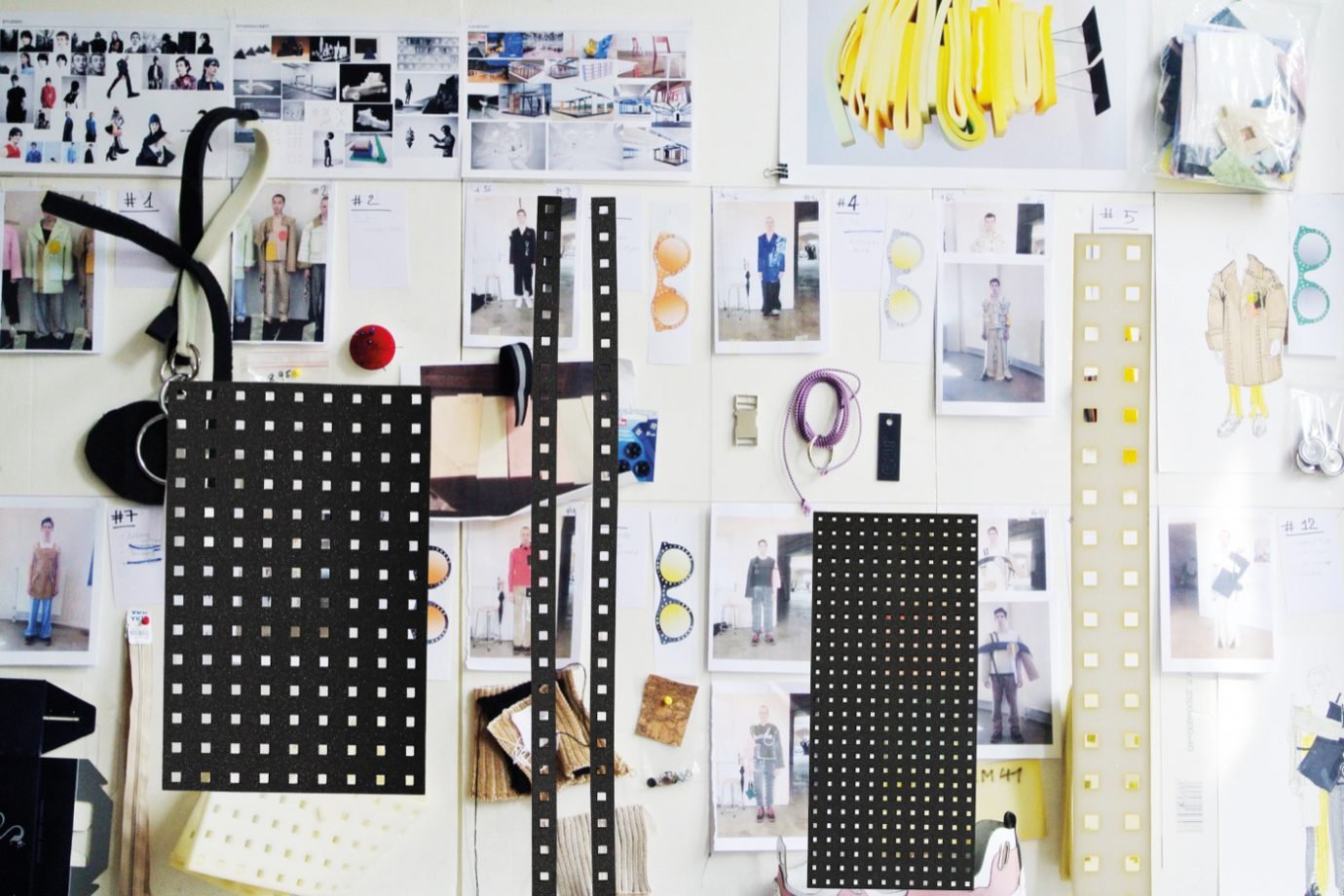MADE soon became a breeding ground for talents like Joseph Altuzarra, Suno and Public School, many of whom were only just starting out. With their combined enterprises consisting of Milk and creative agencies The Terminal Presents and Prodject, and receiving continued sponsorship from big companies like American Express and MAC, MADE had the means to support emerging talent and grow them from the roots up.
We sat down with the trio in Rassi’s office, a square room filled with books, magazines and some posters, on the top floor of Milk Studios. It immediately struck us to see how excited they were to see one another; how they tried to see opportunities in each other’s thought processes, and find new ways to move forward– an inherent ‘New York’ mentality, which is aligned with one of the main reasons one gets selected to be part of their support scheme: “The criteria is to be awesome, that’s it!” What’s more, they don’t discard their designers at the end of the road. As Keith says: “Designers leave the program when they feel like they’re ready to take the next step, and they’re still part of the family– we still find ways to support them. We still find ways to bring them resources, we do all that because we know it’s tough.”
“THE WAY THAT COMMUNICATIONS NOW WORK DIGITALLY, IS THAT YOU CAN DIRECTLY ENGAGE A CUSTOMER WHEREVER THEY ARE IN THE WORLD. YOU CAN BUILD YOUR OWN IMAGE DIRECTLY, AS YOU DON’T NEED TO RELY NECESSARILY ON BIG PR AND MARKETING FIRMS. YOU CAN FIND YOUR OWN WAY.” – KEITH BAPTISTA
We’re here at the top floor of Milk Studios in the heart of NYC. What do you think about the differences between this city and London or Paris, for emerging designers? Is there a better place to start out?
Keith Baptista: To answer your question right away: I don’t think that there’s an overall solution for a design community in general. I think it depends on the designer and how they want their business to be structured; what they actually design and what they want of life. Unfortunately, fashion can be seductive, because people think that it’s incredibly glamorous and there’s lots of money involved, and that you’re going to be incredibly successful and live an amazing life. It’s not true. It’s just like any other industry in the sense that you have to work really hard, be realistic and very specific about your goals, but at the same time you also have to be ambitious. You really have to take risks. I don’t think there’s any obligation to be in London, New York, Paris or anywhere at this point, because you could be in Berlin, Saint Tropez, or a small town in China if it suits your business and who you want to be. I think we work in a world where it’s global enough to be able to do that.
Mazdack Rassi: I think the concept of where you want to show, versus where you want to build a business, are two different things. With regards to showing, which is ultimately selling, you have to ask yourself the question: is it wholesale or retail? What are you trying to do? A lot of designers today probably sell directly to clients because of their digital presence, and through middle-men — they can do whatever they want. Technology is changing the way that people consume. They now consume a brand instead of clothes. I think brands should be where they are relevant.
KB: I like the point you’re making that you can live in one place, sell commercially in another place and show somewhere else. It’s a financial decision, but you have the opportunity to do that nowadays. You don’t have to be showing, selling and living in Paris. There are a lot of English designers who commute to Paris to show, and lots also go to New York. There’s a balance to that.
Speaking frankly, I’ve worked with a lot of English designers over the years, and very early on in my career I consulted with the British Trade Commission to develop a program for them to promote London-based designers. At that point Alexander McQueen, Antonio Berardi, Paul Frith — an amazing array of talent — were in their early stages. One of the things that was very difficult, is that they invested most of their money in shows and their image, and didn’t invest enough in their business infrastructure to help them grow. It’s really important for designers to have a profile and to create excitement around their brand, for sure, but if you don’t have the ability to produce the clothes and sell them: you don’t have a sustainable business. You have to find that perfect balance between art and commerce, in the sense that you have to build a business that’s viable, and then you have to find your customer. The way that communications now work digitally, is that you can directly engage a customer wherever they are in the world. You can build your own image directly, as you don’t need to rely necessarily on big PR and marketing firms. You also don’t necessarily need to rely on big retailers to show your clothes. You can find your own way. It takes more time, but it’s a stronger basis.
“WE WEREN’T PART OF ANYTHING, OR BOW DOWN TO ANYONE. WE WEREN’T PART OF A CFDA OR CITY INITIATIVE, WE JUST DID IT THE WAY WE WANTED TO, BECAUSE WE HAD THE RESOURCES TO DO IT.” – MAZDACK RASSI
You just mentioned building an image without PR companies. What is the importance of being highly visible in the fashion industry? Is it important for a designer to be a public persona?
Jenné Lombardo: It’s important to have visibility and exposure, so that you’ve got overall brand awareness amongst your desired customer base. However, you individually do not by any means need to become a celebrity to succeed. There are many well-known fashion houses with unknown designers behind them.
MR: When people make it in this business, they become a brand, which gives them the ability to make money in multiple different ways. They’ll have multiple sources of income, instead of just one in the beginning. The getting from A to B is the difficult part: becoming a brand and becoming a business. New York has always been a place where it’s more about commerce than creativity and art. There are some people that are just brand geniuses, and they come from a different point of view. There are others, who really come from the traditional way, and they put one foot in front of the other. Others are all about their ‘movement’, but there are no clothes. They’re just the hottest things and win all these awards, but at end of the day nobody really knows what they actually sell. So we get to see a lot of different versions. What gets us excited, are the people in the driver’s seat.
JL: I think we’re much more enthusiastic about these people as creators, versus the business. I don’t think anybody who sat here would say that they like and agree with the fashion industry in the way that it operates and functions. It’s not sustainable. It’s not the best industry to enter into, but what we love, are the people that are involved in it.
MR: Ultimately you have the designer (the maker, the creator) – and then you have an audience out there, and you want them to consume the concept and the physical goods. Then, you have all this shit in the middle, which has created barriers and loopholes and slides and parachutes — you name it, you gotta go through it. What will happen eventually is that people will be able to go from A to B without all of this stuff. You do learn a lot by experiencing the process, but it should be your choosing, instead of being forced into all of these politics that a young creator shouldn’t have to deal with. I think the next 5-10 years will only streamline this process more because of technology, retail, how people communicate with consumers and how they build communities, which ultimately can be their consumer base. Everything is changing, and it’s wonderful that young people are rebelling a bit against this. They don’t want the status quo. They want to figure out different ways, and go left when you tell them right.

